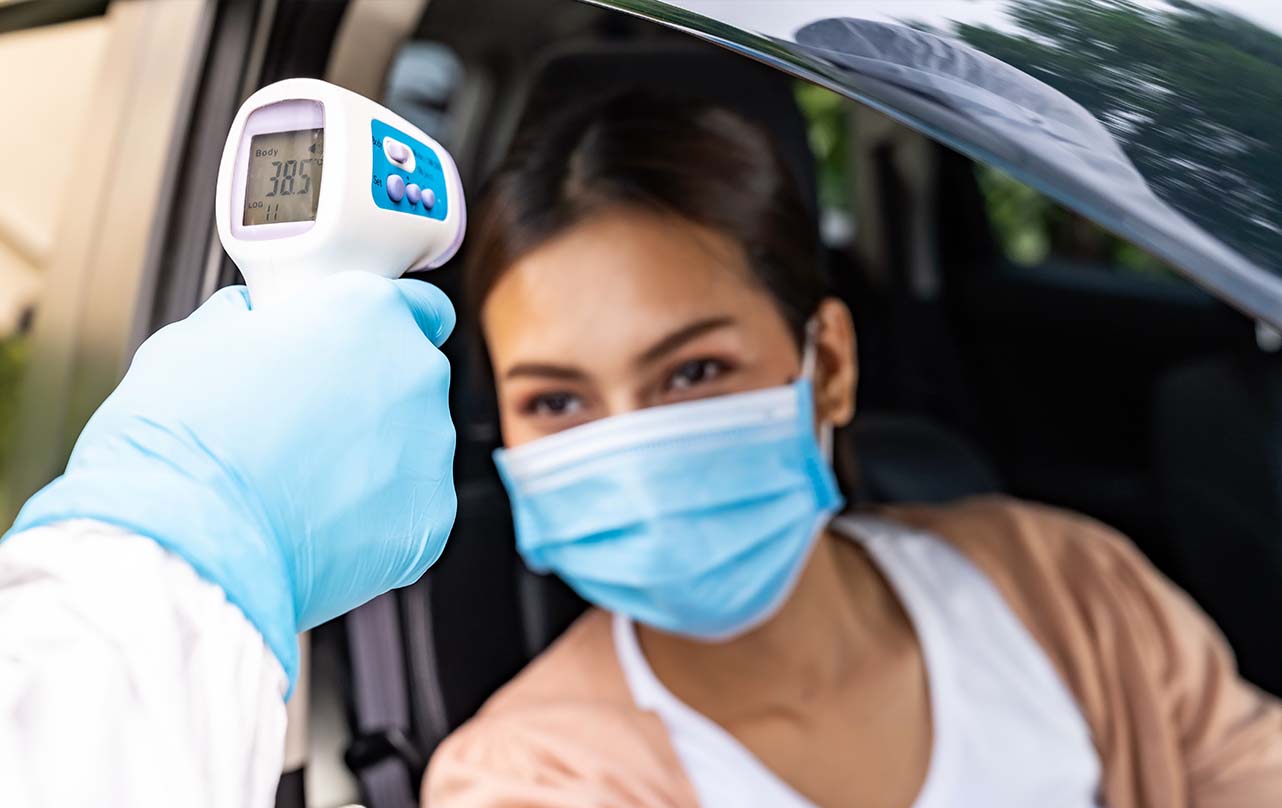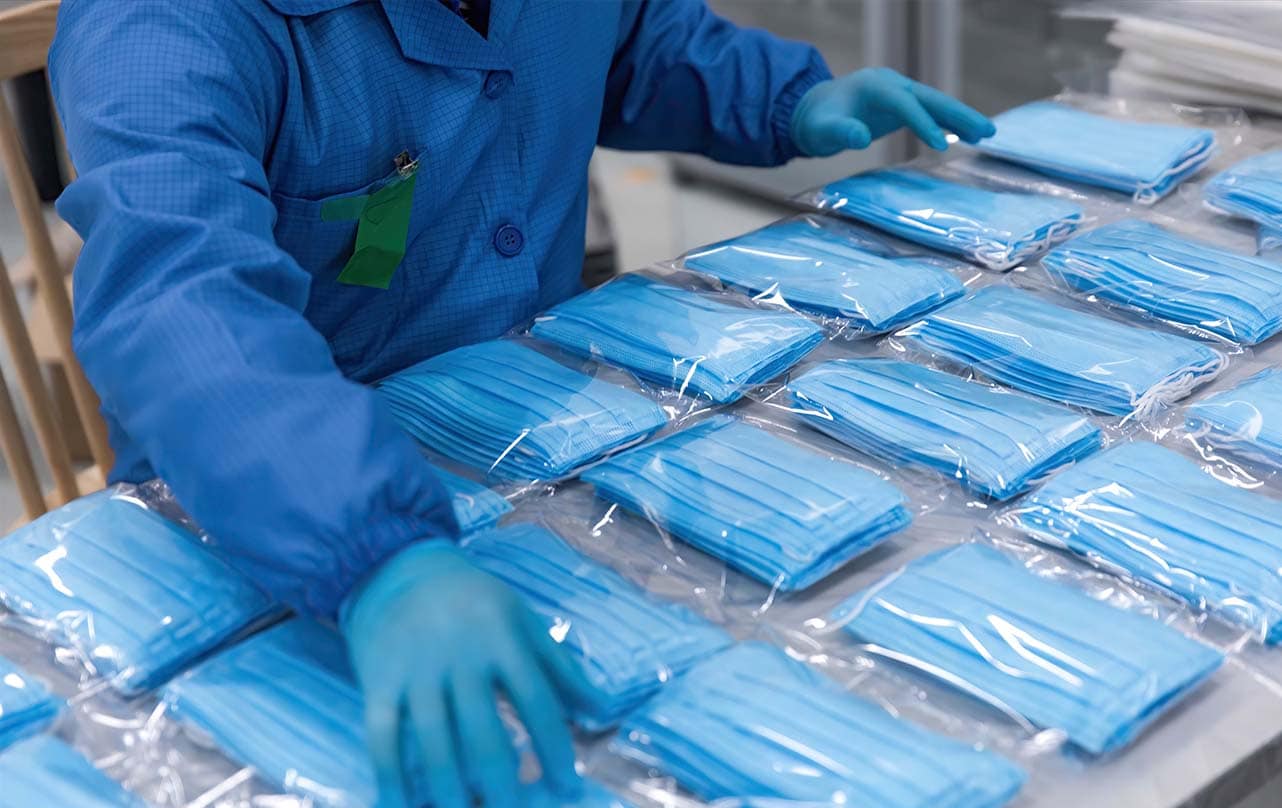
AI targeting.
Human assisting.
How predictive modeling helped one state serve its most vulnerable population.
CLOSING THE GAP ON PUBLIC HEALTH DISPARITIES
THROUGH DATA

The Situation
Think back to spring 2020. Rising COVID-19 infection rates. Hospitals struggling to find beds for patients. Mask mandates announced. The likelihood of a normal summer diminishing by the day. Amid this escalating crisis, one state prioritized opening test sites and distributing PPE—but how could it identify the vulnerable populations that needed it most?
Several agencies within the state collaborated with Deloitte to solve the problem of getting PPE and testing to high-risk households where residents were compromised by diabetes, hypertension, heart disease, and other health conditions that increased the risk of complications from COVID-19. This was critical in the early stages of the crisis when the state was facing limited supplies and low public trust. To help mitigate infections from spreading, door-to-door PPE distribution and education had to take place in areas where health precautions would make the greatest impact.
Selecting and launching test sites had similar challenges. Location considerations such as accessibility through public transportation, distance of travel, and methods of transportation were critical. The state’s equity-driven approach required sophisticated data mapping that calculated income disparities, disease rates, and other criteria to produce a clear snapshot of locations that presented the least number of hurdles to get people through the door.
THE SOLVE
HOW DO YOU CURB A PUBLIC HEALTH CRISIS? FOLLOW THE DATA.
The Impact
The new data-driven “equity lens” helped the state formalize a long-term emergency management plan designed to close the gap to public health access. A first-of-its-kind public dashboard was developed to highlight the state’s efforts to equitably distribute resources and services and inspire state and local leaders to advance equity across key social factors such as housing, income, education, broadband access, and unemployment.
Explore more stories